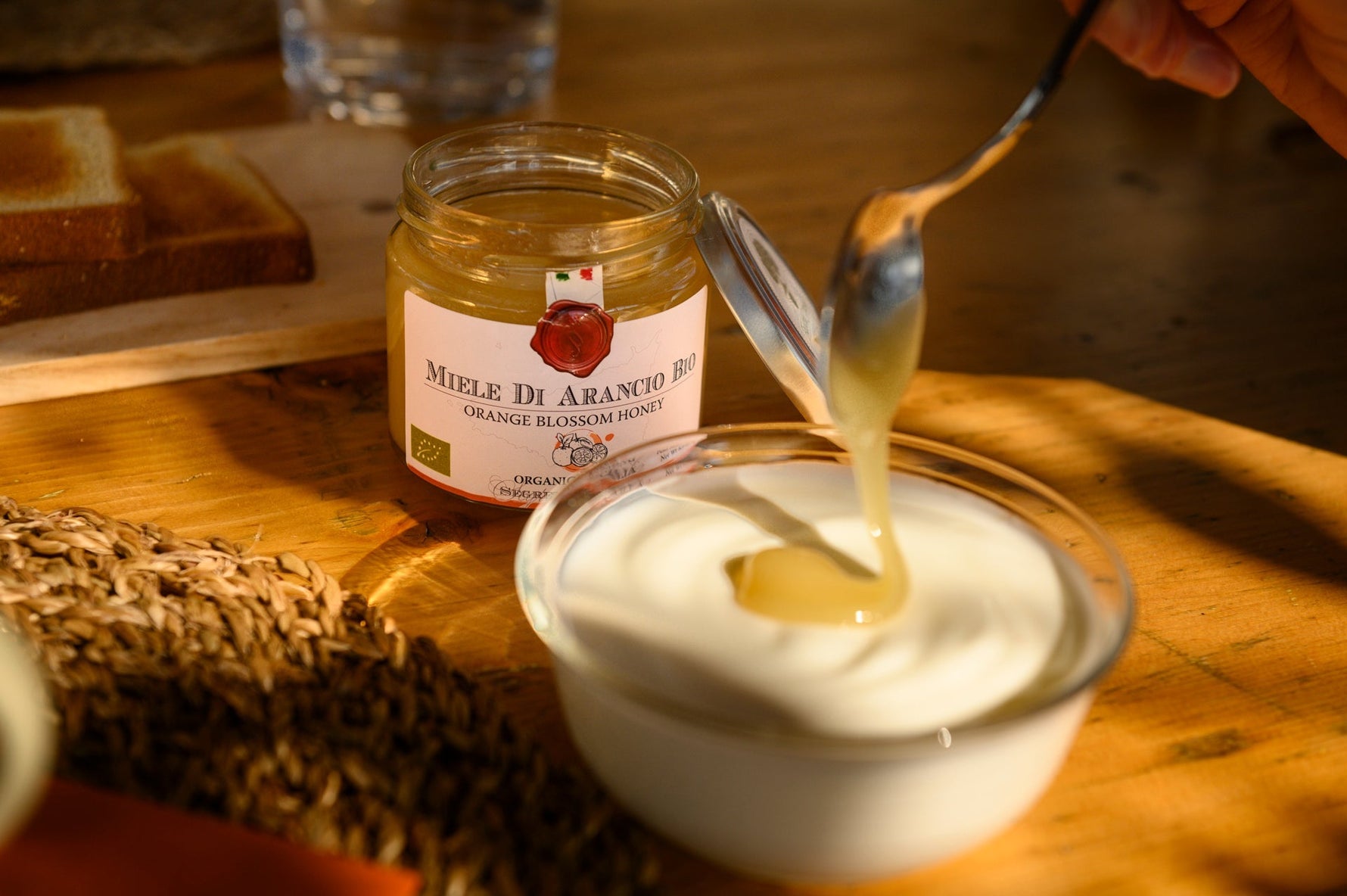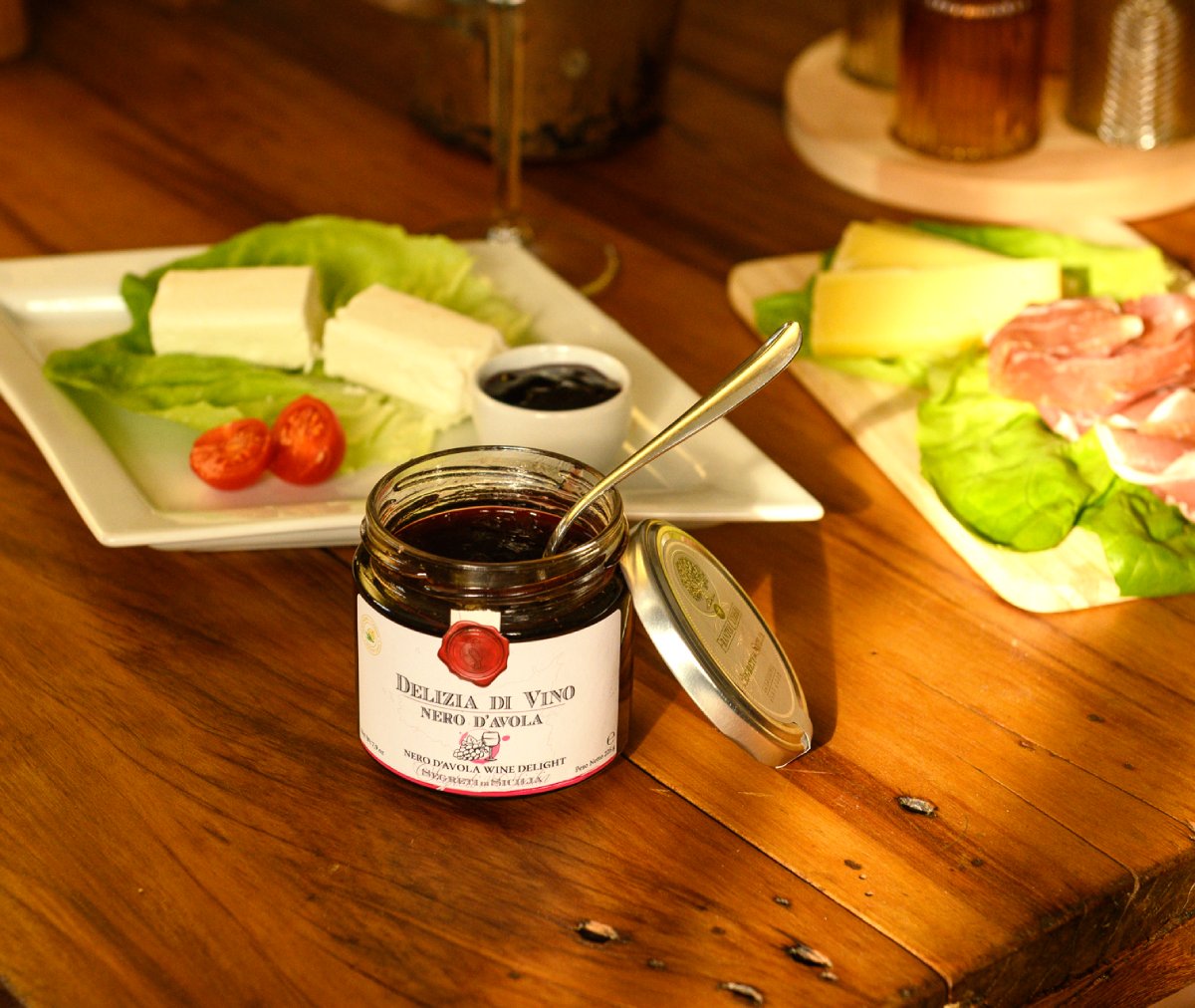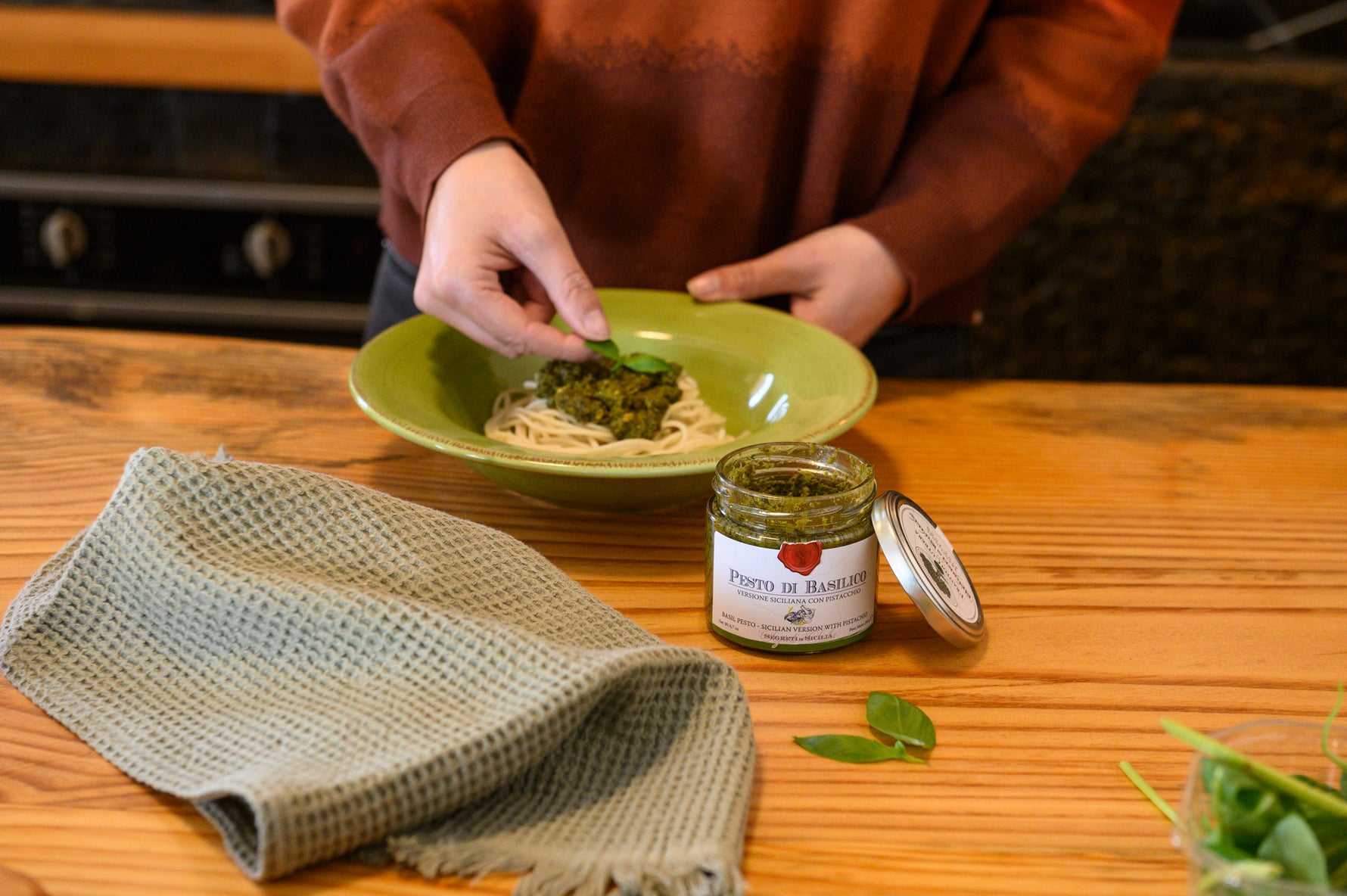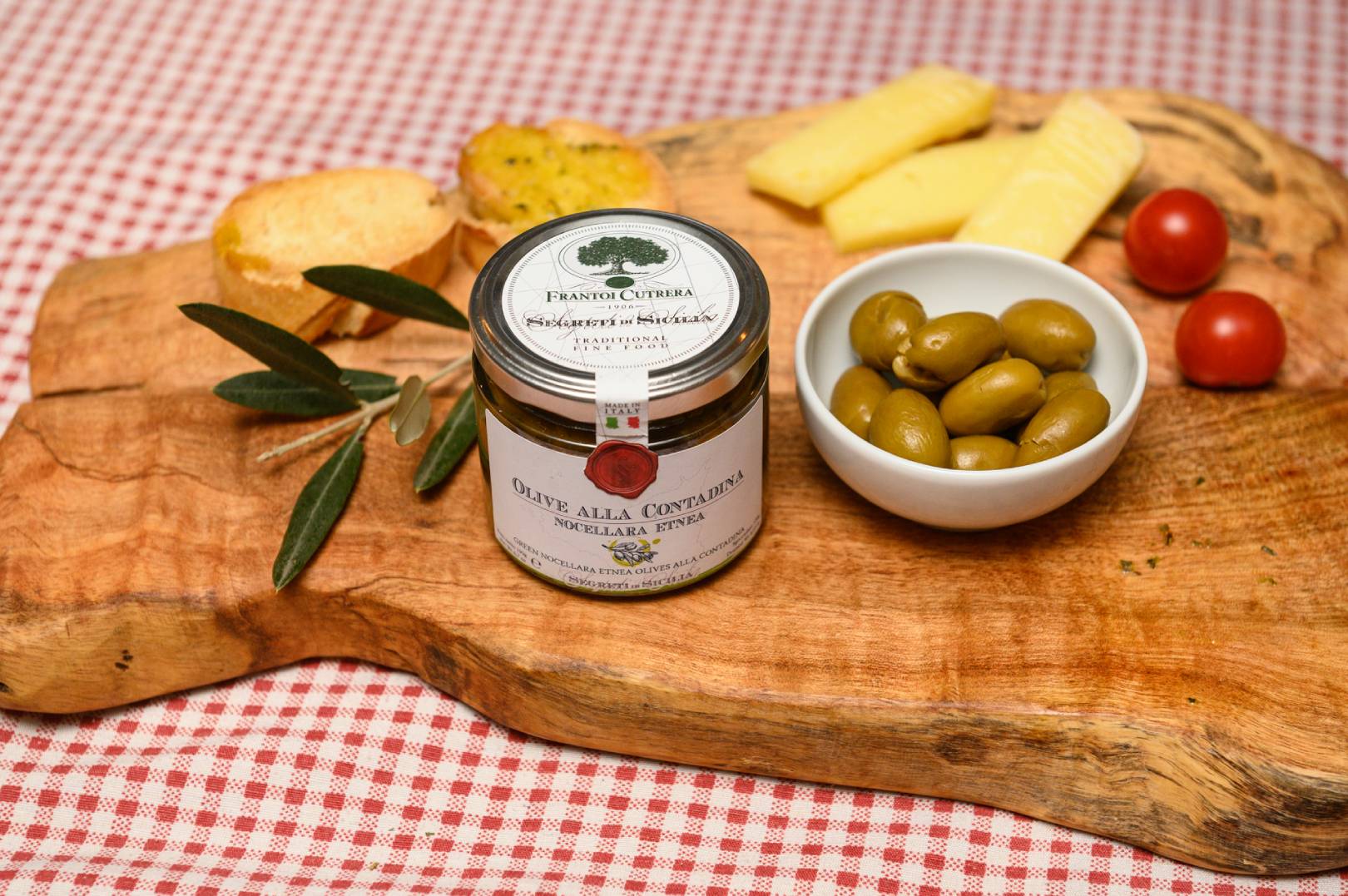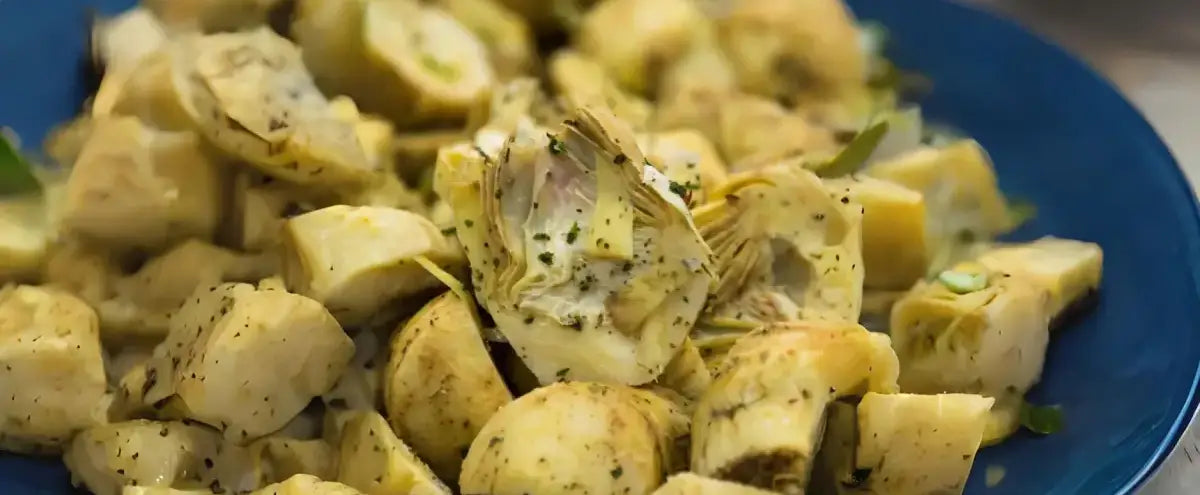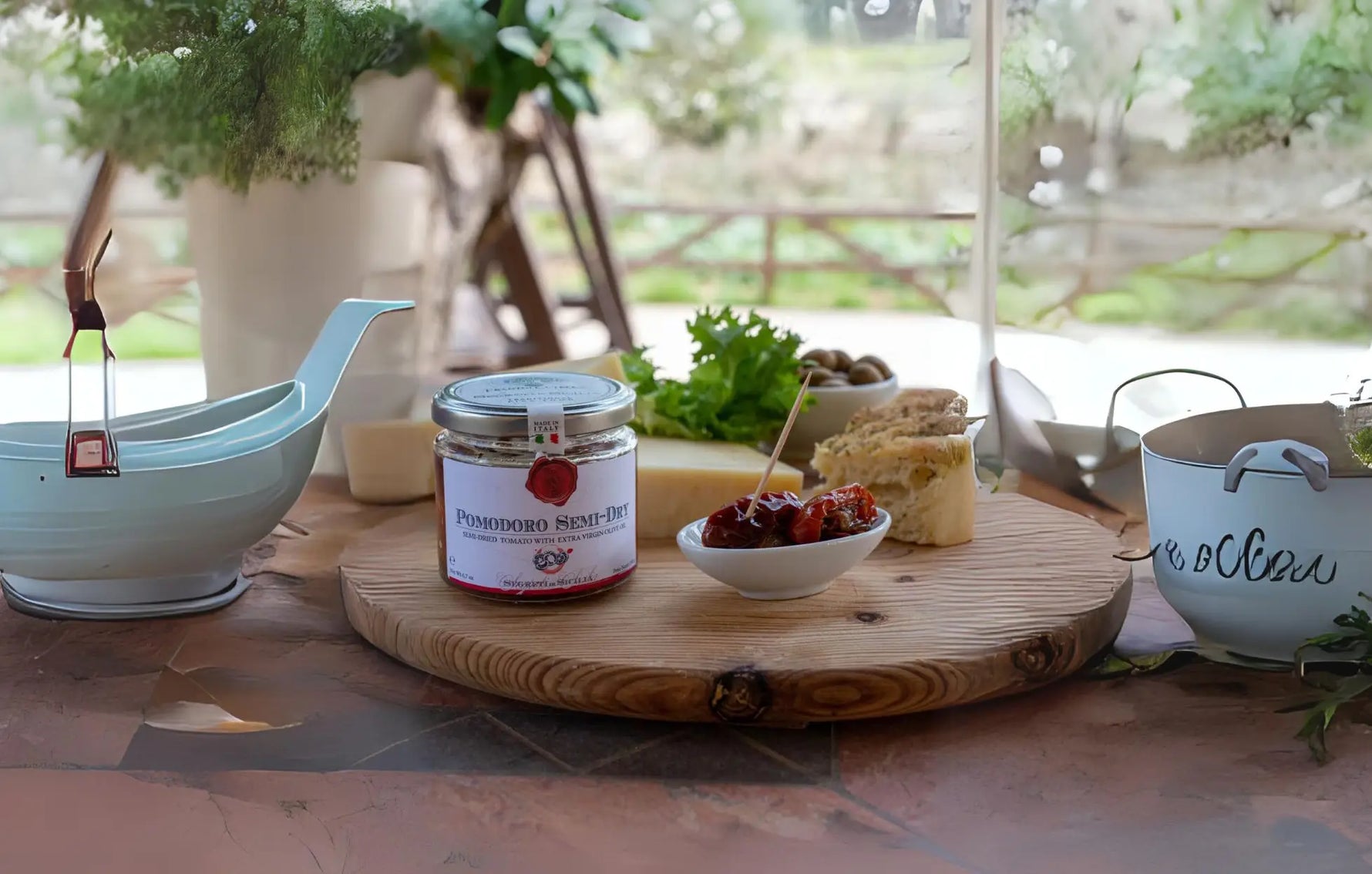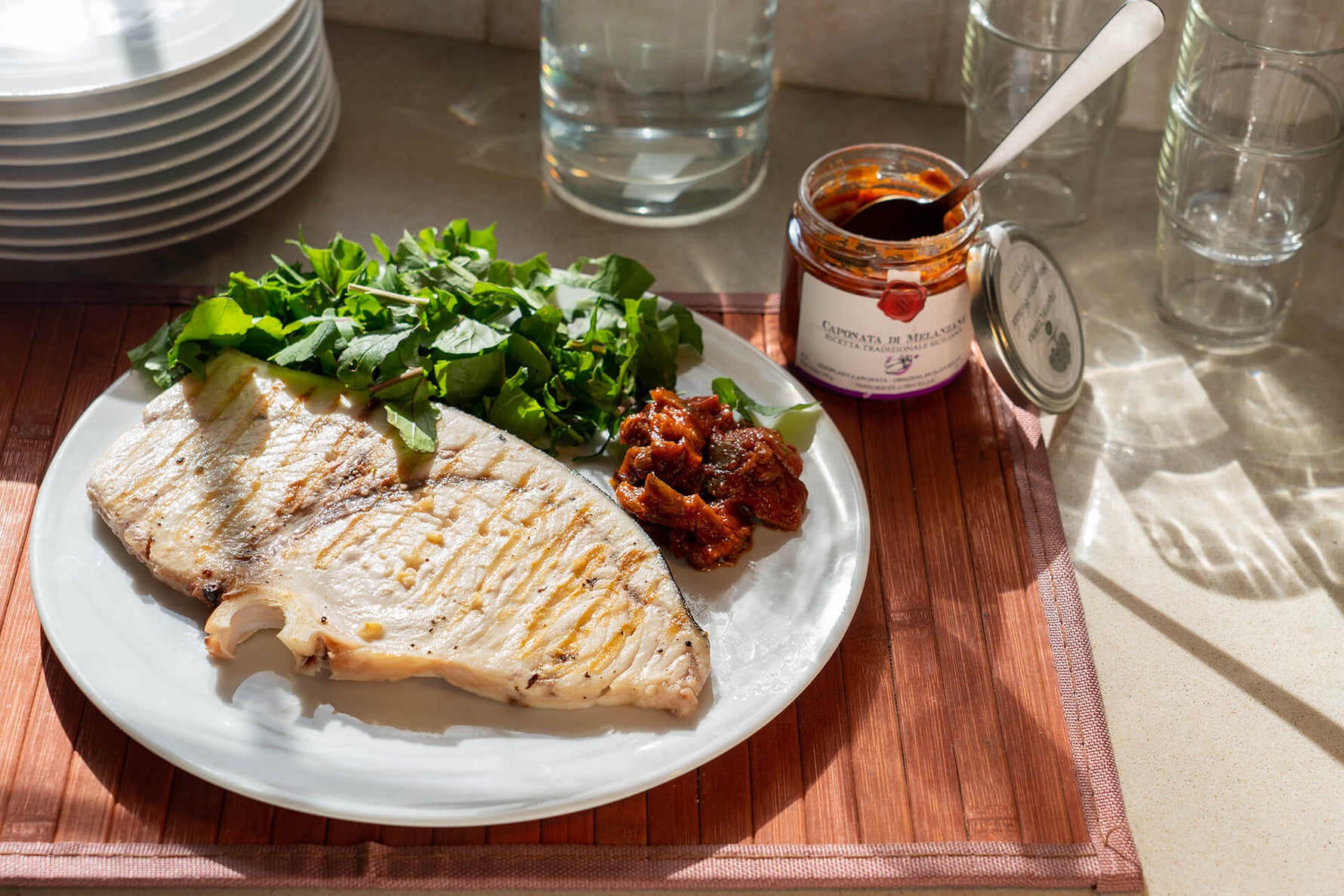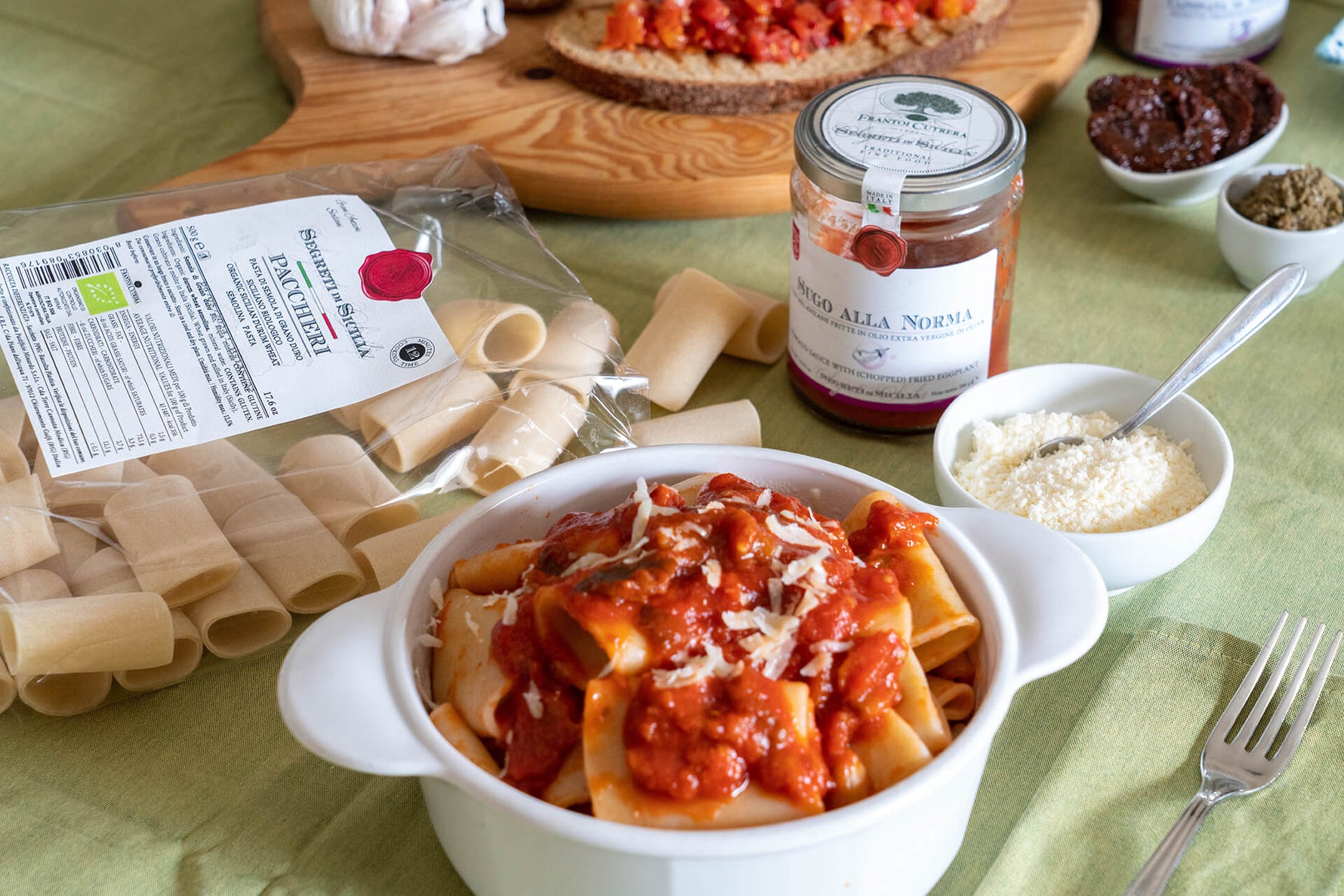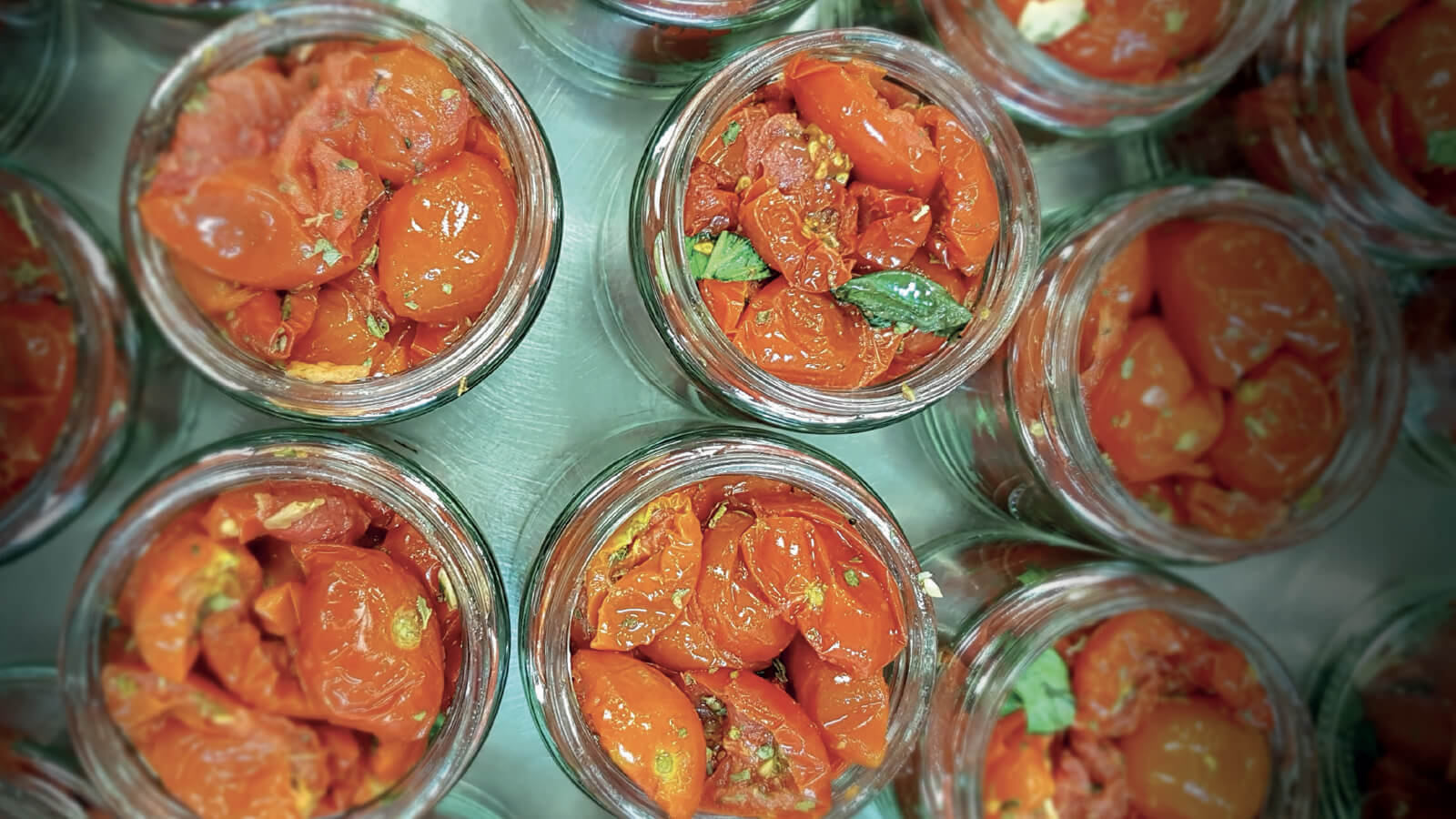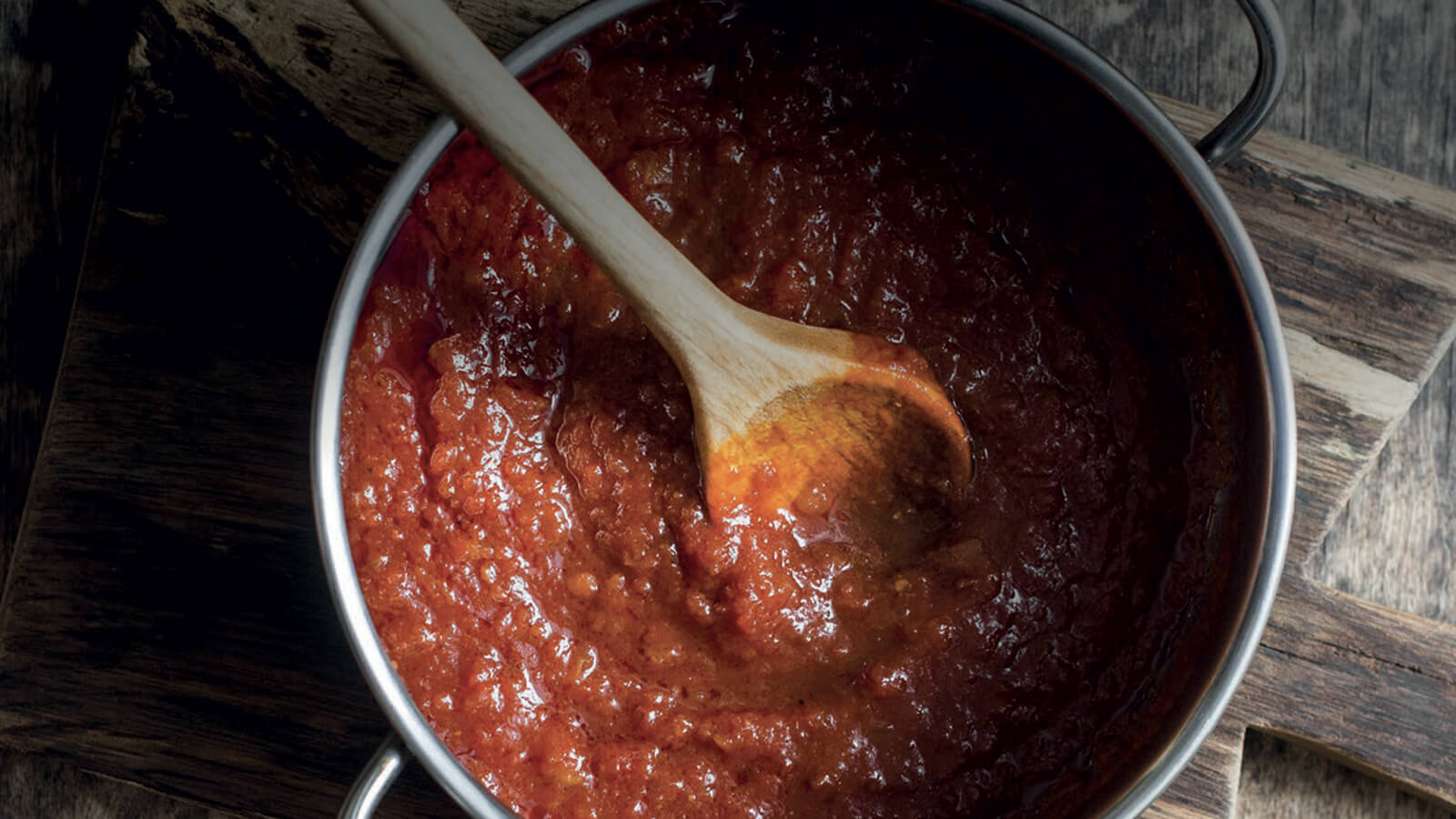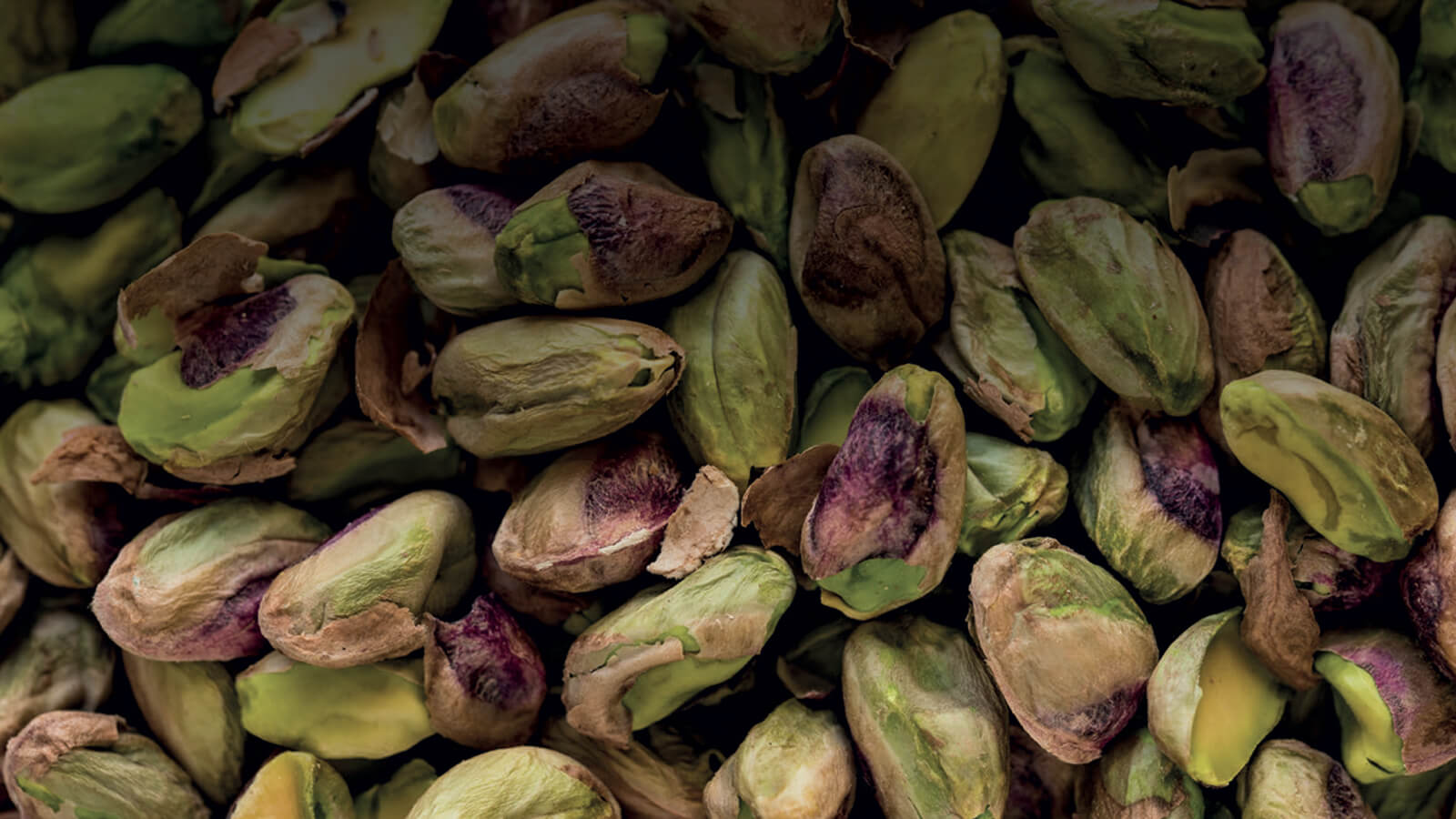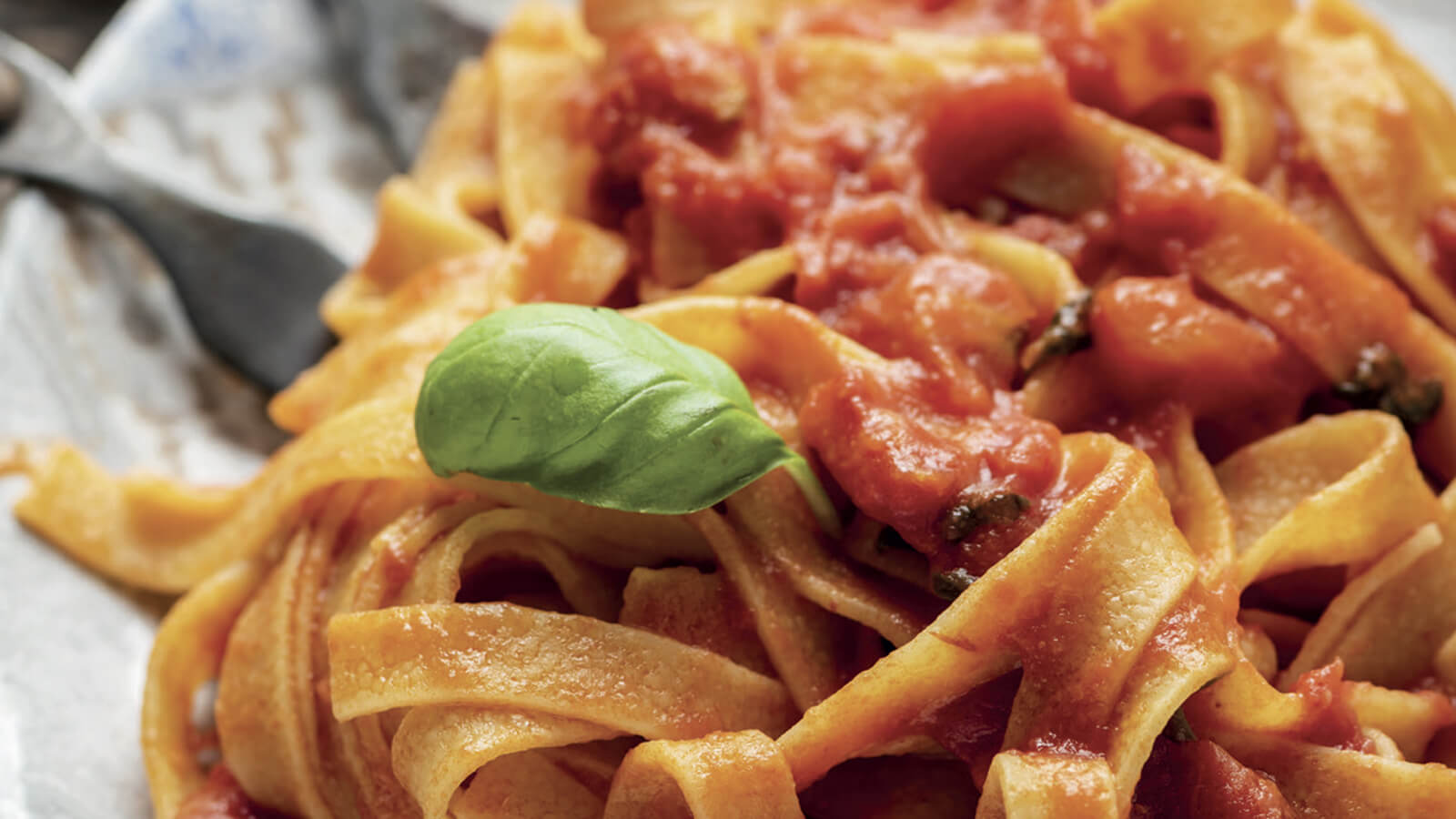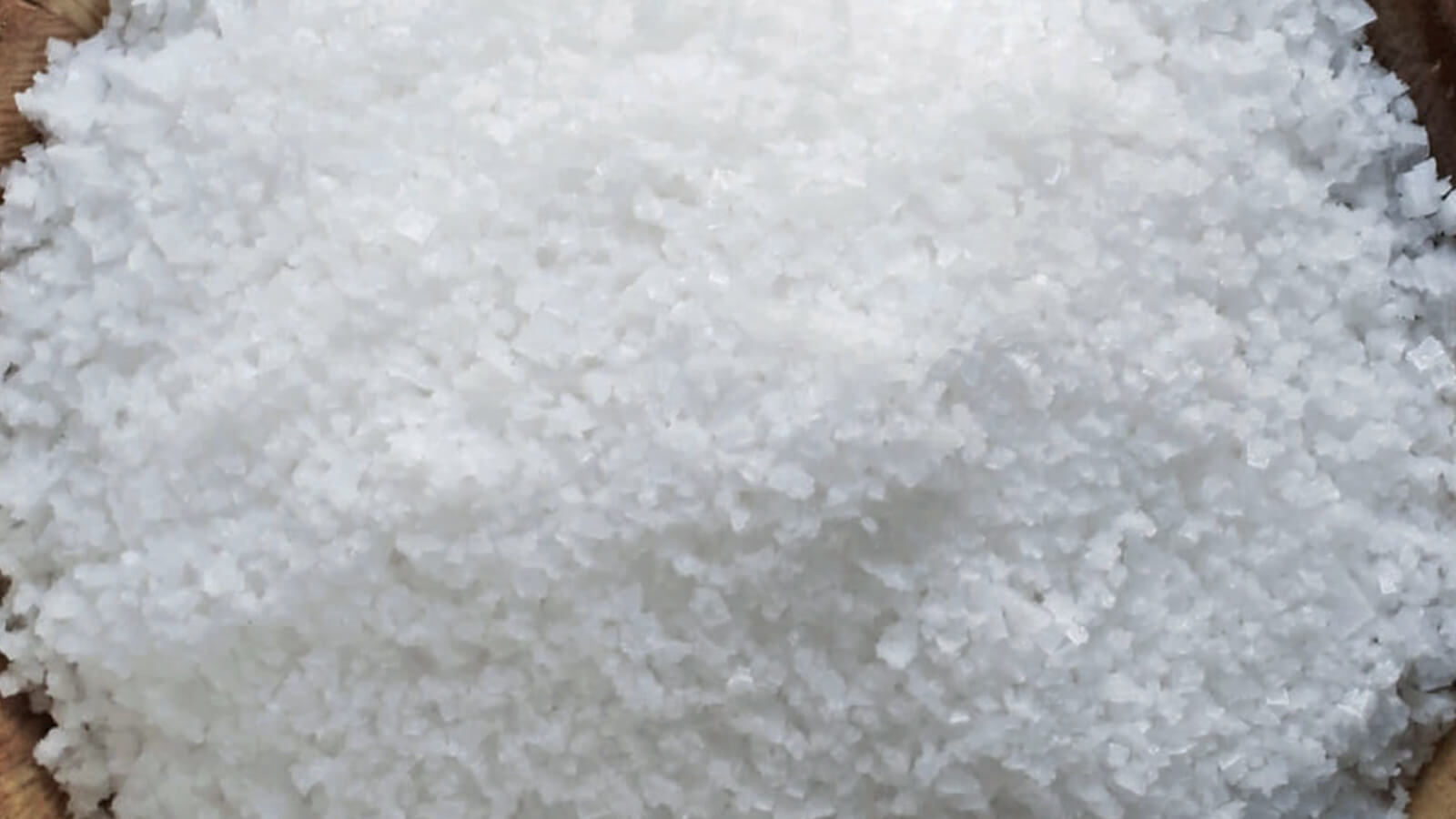The purple artichoke is a culinary delight loved by many for its distinctive flavor and versatility in the kitchen. This unique-looking vegetable has a fascinating history, offers numerous nutritional benefits, and can be prepared into multiple delicious recipes. Let's explore the world of the purple artichoke together, discovering how to select it, prepare it, cook it and enjoy it best alone or in a delicious recipe.
Violet artichoke: introduction
The violet artichoke , also known as purple artichoke, is a variety appreciated for its compact head and deep purple leaves. These vegetables are an explosion of flavor when cooked correctly, giving a slightly sweet flavor and a characteristic herbaceous aftertaste that conquers the palates of connoisseurs. It is important to select fresh, firm artichokes, with compact and tightly closed leaves, to ensure they are of excellent quality. Before cooking the purple artichoke, it is essential to clean it carefully to remove any residues of earth and thorns.
History and origins of purple artichokes
The origins of the purple artichoke date back to ancient Rome, where it was considered a delicious food. It is said that it was appreciated for its culinary qualities and therapeutic properties, considered a symbol of abundance and well-being. Over the centuries, this delicacy has spread throughout the world, becoming a popular dish in many traditional cuisines.
Nutritional benefits of the purple artichoke
Purple artichokes are not only delicious, but also extremely beneficial for our health. This is why including them in our diet can bring several advantages:
Rich in antioxidant substances: Purple artichokes contain antioxidants that help fight oxidative stress in our body, reducing the risk of chronic diseases.
They promote liver health: Thanks to their purifying properties, artichokes can help protect and regenerate the liver, playing an important role in our overall health.
They support digestion: Artichokes are rich in fibre, which promote intestinal transit and help prevent digestive problems such as constipation or abdominal bloating.
They regulate cholesterol: Some studies suggest that artichokes may help reduce bad cholesterol levels in the blood, thus protecting heart health.
Incorporating the purple artichoke into our diet can therefore bring numerous benefits to our general health.
The different varieties of purple artichoke
There are various varieties of purple artichoke, each with its own unique characteristics and flavors. Some have larger, more compact heads, ideal for stuffing, while others are smaller and suitable for steaming or roasting.
How to select and preserve purple artichokes
When selecting purple artichokes, look for those with dense, tight leaves and a vibrant color. Avoid any that look wilted or have dark spots. It is important that the stems are fresh and robust. Store them in the refrigerator and use them within a few days to ensure optimal freshness.
Preparation and cooking of purple artichokes
Preparing purple artichokes may seem intimidating, but by following a few simple steps it becomes child's play. Remove the hardest outer leaves, cut off the thorny tips and then immerse them in acidulated water to prevent them from oxidising. They can be steamed, boiled, grilled or roasted until soft and delicious.
Delicious recipes with purple artichokes
Purple artichokes lend themselves to many recipes, from the classic grilled artichoke with olive oil and garlic, to stuffed artichokes with breadcrumbs, aromatic herbs and cheese. They can be added to salads, risottos, pizzas or pasta to give a touch of refinement to dishes. Here is an example of a recipe with purple artichokes to maximize their flavor.
Recipe: Grilled Violet Artichokes
Ingredients:
purple artichokes
Garlic
Parsley
Lemon juice
Extra virgin olive oil Frantoi Cutrera Biancolilla variety
Fine salt (Fior di Sale or lemon-flavoured sea salt)
black pepper
Instructions:
Clean the artichokes by removing the tough outer leaves and cut the top.
Soak the artichokes in cold water acidulated with lemon juice to prevent them from blackening.
Cook the whole artichokes in boiling water for about 10 minutes, then drain them and let them cool.
Cut the artichokes in half and remove the internal beard.
In a bowl, prepare a dressing with minced garlic, parsley, extra virgin olive oil, salt, black pepper and lemon juice.
Brush the artichokes with the sauce obtained. Heat a grill and cook the artichokes on the cut side for about 5-7 minutes, until they are golden and slightly crispy.
This simple and tasty recipe allows you to prepare delicious grilled artichokes, perfect as a side dish or appetizer.
Preparation of artichokes stuffed with minced meat
To prepare stuffed artichokes with minced meat, we start by cleaning the artichokes following the steps described previously.
Once the artichokes are ready, cook some minced meat in a pan with olive oil, garlic, onion and chopped parsley.
Add salt and pepper to taste and let it cook until the meat is well cooked and all the ingredients are blended.
At this point, fill the artichokes with the minced meat mixture and place them in a baking pan.
Add a little broth or water to the bottom of the pan to keep the artichokes moist while cooking in the oven.
Bake at 180°C for about 30-40 minutes, or until the artichokes are soft and the surface is golden.
Serve hot, perhaps garnished with a drizzle of extra virgin olive oil and a sprinkling of fresh chopped parsley.
Stuffed artichokes with minced meat are a rich and tasty dish, perfect to enjoy as a second course in a special lunch or on a festive occasion.
Pasta with purple artichokes and crispy bacon
We love preparing pasta with purple artichokes and crispy bacon for a dish full of flavors and contrasts. Here's how to make this delight in the kitchen:
Ingredients needed:
Pasta (preferably short)
Violet artichokes
Bacon
Garlic
Extra virgin olive oil
Fresh parsley
Chili pepper (optional)
Salt and pepper
Method:
Clean the purple artichokes, removing the hardest external leaves and cutting them into thin slices.
In a pan, brown the garlic in extra virgin olive oil, then add the cut artichokes and cook until soft.
In the meantime, cut the bacon into cubes and brown it in a pan until crispy.
Cook the pasta in abundant salted water and drain it al dente.
Combine the cooked artichokes with the crispy bacon and sauté everything in the pan to blend the flavors.
Add the pasta to the pan with the sauce and sauté for a couple of minutes.
Season with salt, pepper and, if desired, chilli pepper.
Serve the pasta with artichokes and crispy bacon, garnishing with chopped fresh parsley.
With this recipe, you can delight the palates of your guests with a dish with a rich and enveloping flavour.
Crispy fried artichokes
We love preparing crispy fried artichokes because they represent a tasty and irresistible side dish. Here's how we can create them by following a few simple steps:
Preparation of the artichokes: Let's start by cleaning the artichoke, removing the hardest external leaves until we get to the heart. Cut the artichoke into thin slices or quarters, depending on your preference.
Light batter: Prepare a light batter by mixing flour, water, salt and pepper. The consistency must be rather liquid to guarantee perfect crunchiness.
Breading and frying: Dip the artichoke slices in the batter, making sure they are well coated and then fry them in hot oil until they are golden and crispy.
Drainage and service: Once ready, we place the artichokes on absorbent paper to eliminate the excess oil and then we can serve them hot, perhaps adding a sprinkle of salt and a little fresh parsley.
With these simple steps we can enjoy delicious crispy fried artichokes that will be appreciated by all diners.
Pairing purple artichokes with other ingredients
Combining purple artichokes with other ingredients can lead to surprising flavor combinations. They go well with cheeses such as pecorino or parmesan, with cured meats such as raw ham, and with aromatic herbs such as parsley, basil or mint. And remember, it's always best to enjoy your purple artichokes with a drizzle of Frantoi Cutrera oil!
Tips for enjoying and serving purple artichokes
To fully enjoy the goodness of the purple artichoke, serve them hot and seasoned with a drizzle of extra virgin olive oil, lemon juice or a light sauce. More daring cooks can experiment with spices like black pepper, thyme or rosemary to further enhance the flavors.
The versatility and goodness of the purple artichoke
In conclusion, the purple artichoke is an extraordinary addition to the table, offering not only a rich and unique flavor but also significant nutrition. Experiment with different preparation techniques and recipes to discover the many possibilities this versatile vegetable has to offer. With its fascinating history, multiple nutritional benefits and its ability to enrich any dish, the purple artichoke certainly deserves a prominent place in the cuisine of those who love exploring new flavors and experimenting with ingredients. Whether combined with other delicacies or the protagonist of a main course, the purple artichoke never ceases to surprise and delight the palates of connoisseurs.
